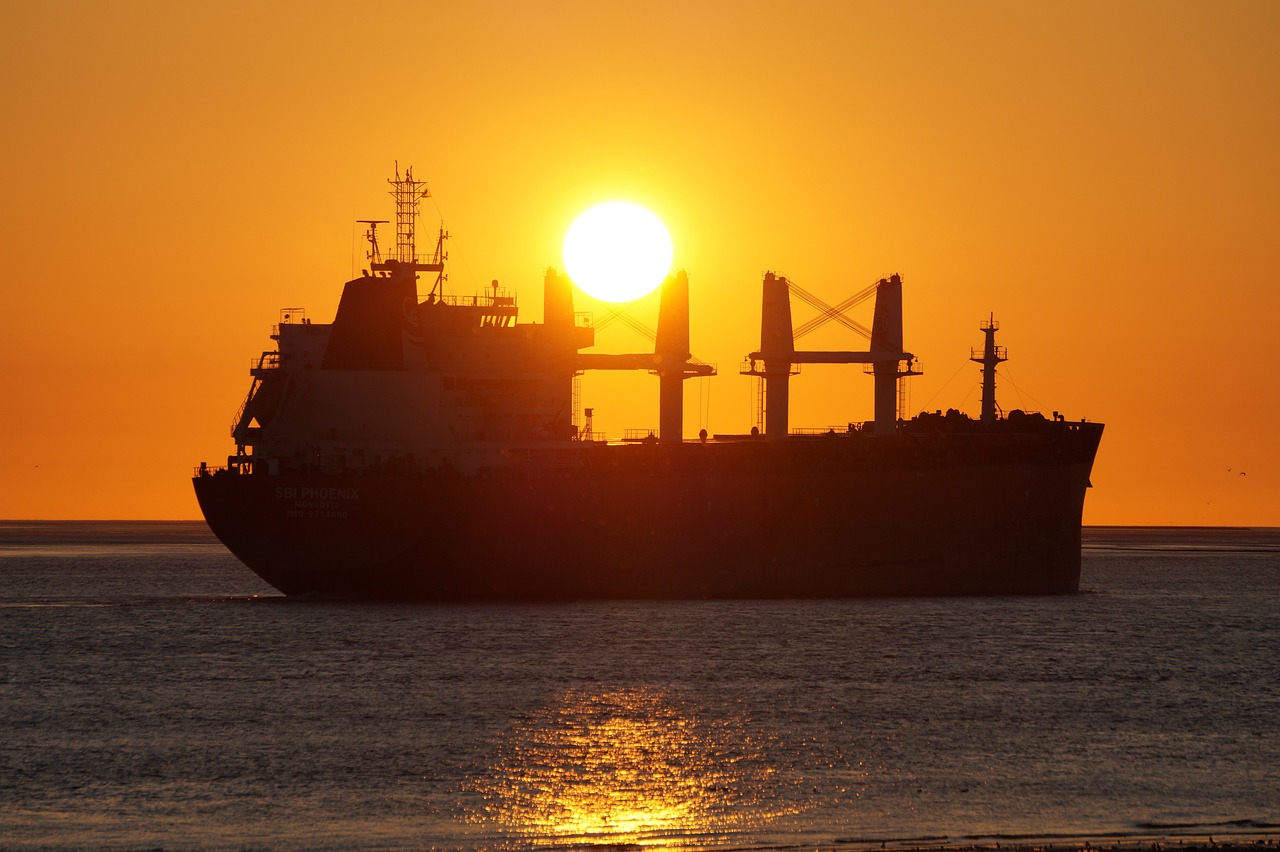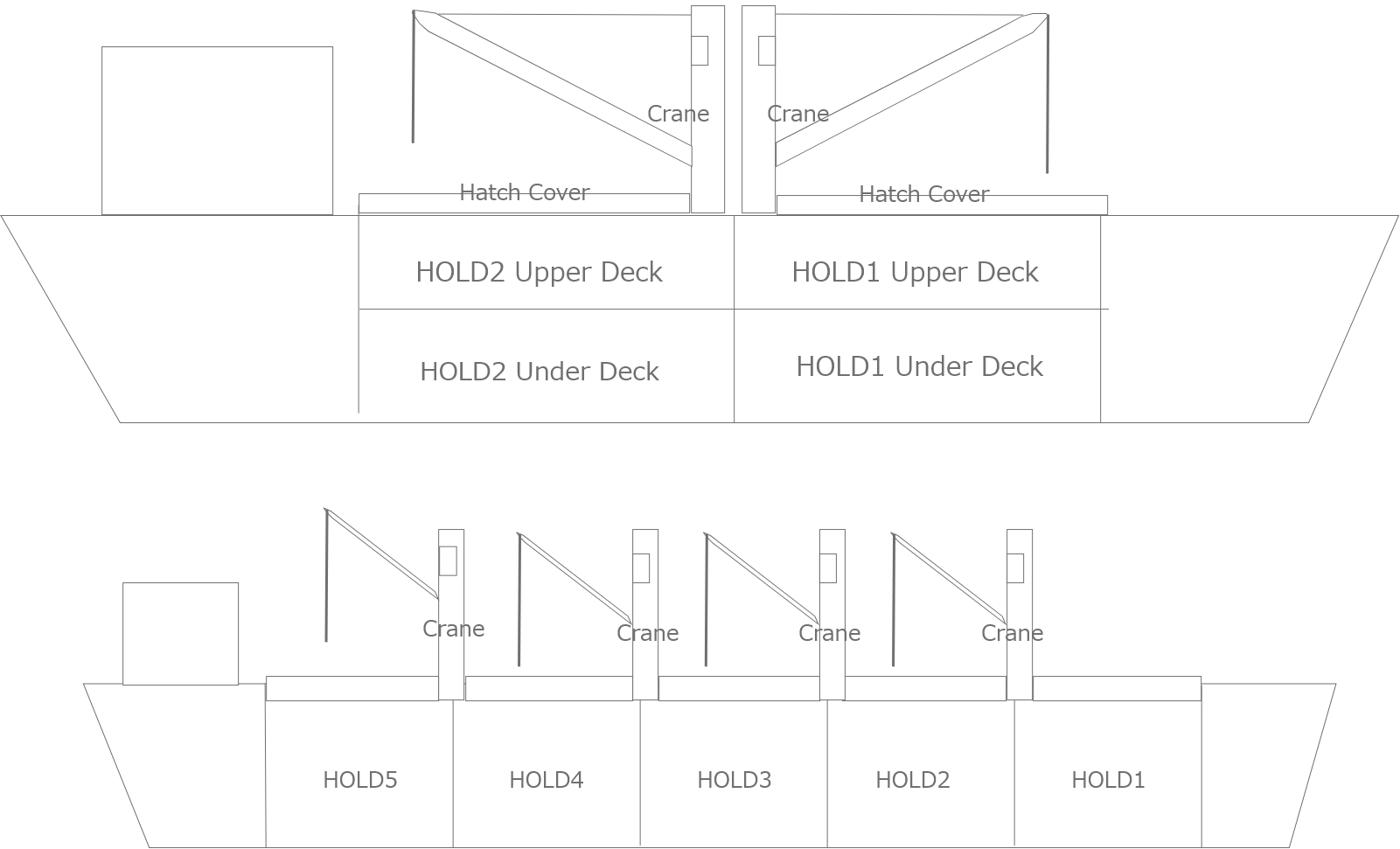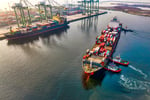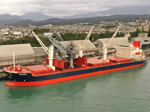2025.7.10 Knowledge
What is a Conventional Vessel? How is it Different From a Container Ship?

With container ships now being the mainstream method of ocean transport, many people may not be familiar with conventional vessels.
This article offers a beginner-friendly explanation of what conventional vessels are and how they differ from container ships.
<Differences Between Conventional Vessels and Container Ships>
Container ships are vessels designed exclusively to carry standardized containers.
In contrast, conventional vessels are general cargo ships capable of transporting special cargo that cannot be loaded into containers, such as heavy-lift or long-length cargo.
Today, container ships dominate the maritime transport scene. Before the advent of containerization, goods were transported by conventional vessels, and freight rates were determined by cargo type or whichever was greater—volume or weight.
Because conventional vessels need to load and stow cargo based on a wide range of shapes and characteristics (and in some cases, with weather considerations for moisture-sensitive cargo), loading operations typically take more time than with container ships.
Since container ships became the norm, cargo handling has become more streamlined and less affected by weather conditions, minimizing significant delays.
<Tramp vs. Liner Services >
There are two main types of conventional vessel services: trampers (tramp services) and liners (liner services).
Conventional vessels also come in various sizes, from small ships to large heavy-lift carriers. It is even possible to charter an entire vessel, although this incurs higher costs.
- Trampers (Tramp Services)
These vessels are chartered upon request by the shipper to call at specific ports of loading and discharge. They do not operate on fixed routes.
- Liners (Liner Services)
These vessels operate on set routes. However, if cargo volumes are insufficient, even liner services may skip certain ports (a practice known as “blank sailing”).
<Types of Conventional Vessels >

The term “conventional vessel”
refers to a wide range of general cargo ships, from small 3,000 DWT vessels to large, specialized ships with capacities of up to 400,000 DWT.
DWT (Dead Weight Tonnage): The total weight a vessel can carry, including cargo, fuel, water, and provisions, excluding the ship's own weight. It serves as a rough indicator of cargo-carrying capacity.
There are various types of conventional vessels, including tweendeckers (with two cargo decks), ships equipped with multiple hatches and onboard cranes, and vessels specially designed for transporting specific materials.
You can view different types and sizes of conventional vessels here:
☞ Click here for Mitsui O.S.K. Dry Bulk's fleet introduction
☞ Click here for Mitsui O.S.K. Lines' vessel types
<For Heavy and Project Cargo Transport, Contact MOL Logistics >
Project cargo transport requires strict time control and meticulous coordination of related services.
MOL Logistics has extensive experience and expertise in transporting heavy and project cargo. We collaborate with MOL Group companies, each specializing in different fields, to meet various needs such as complete facility relocations and plant or infrastructure development in emerging markets.
Learn more about our achievements here:
⇒ https://www.mol-logistics-group.com/en/purpose/cargo/
Even if your special cargo was declined by other companies, we may be able to handle it.
Please feel free to contact us for consultation.






